Magandang Buhay
Philippines2022 - Current
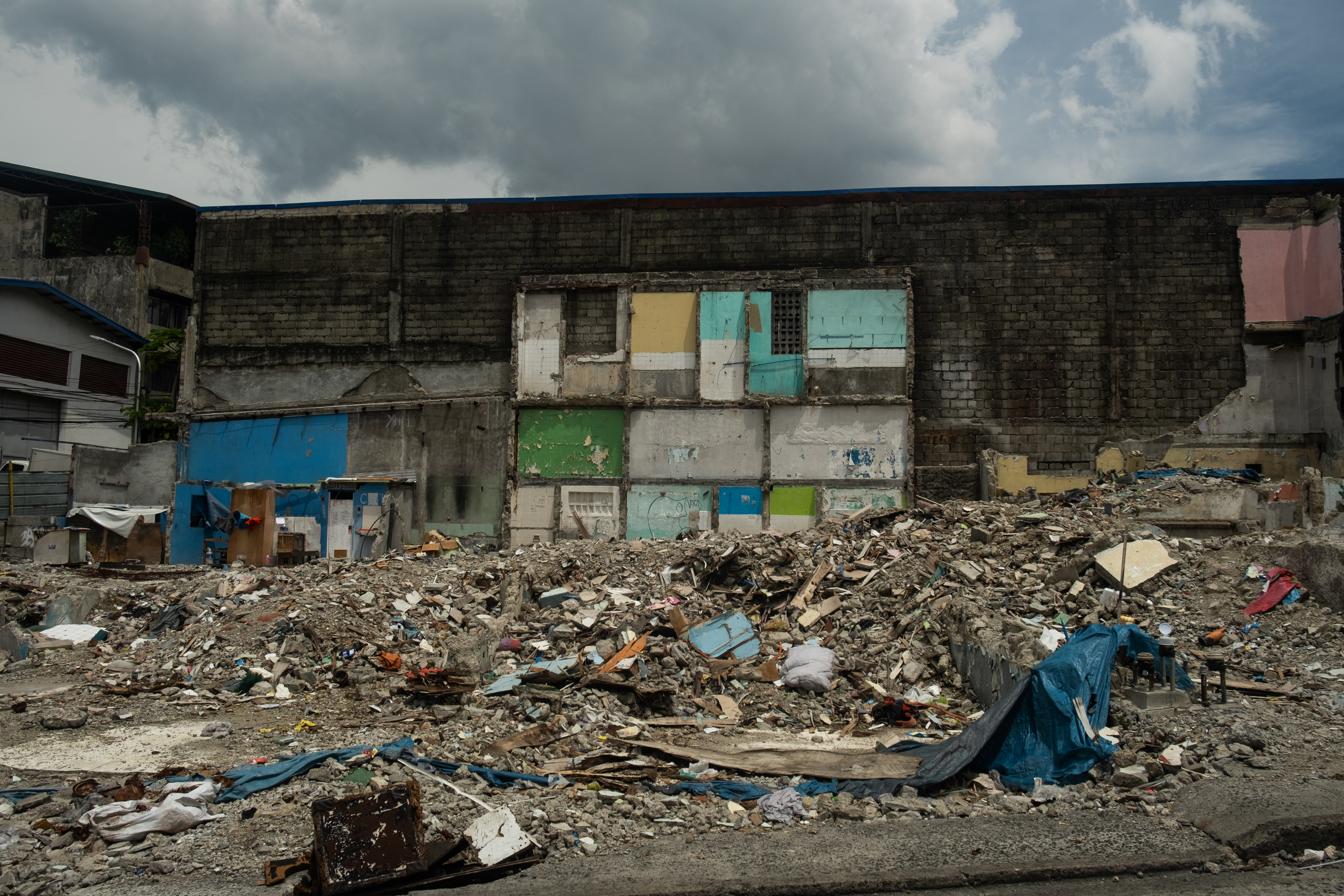
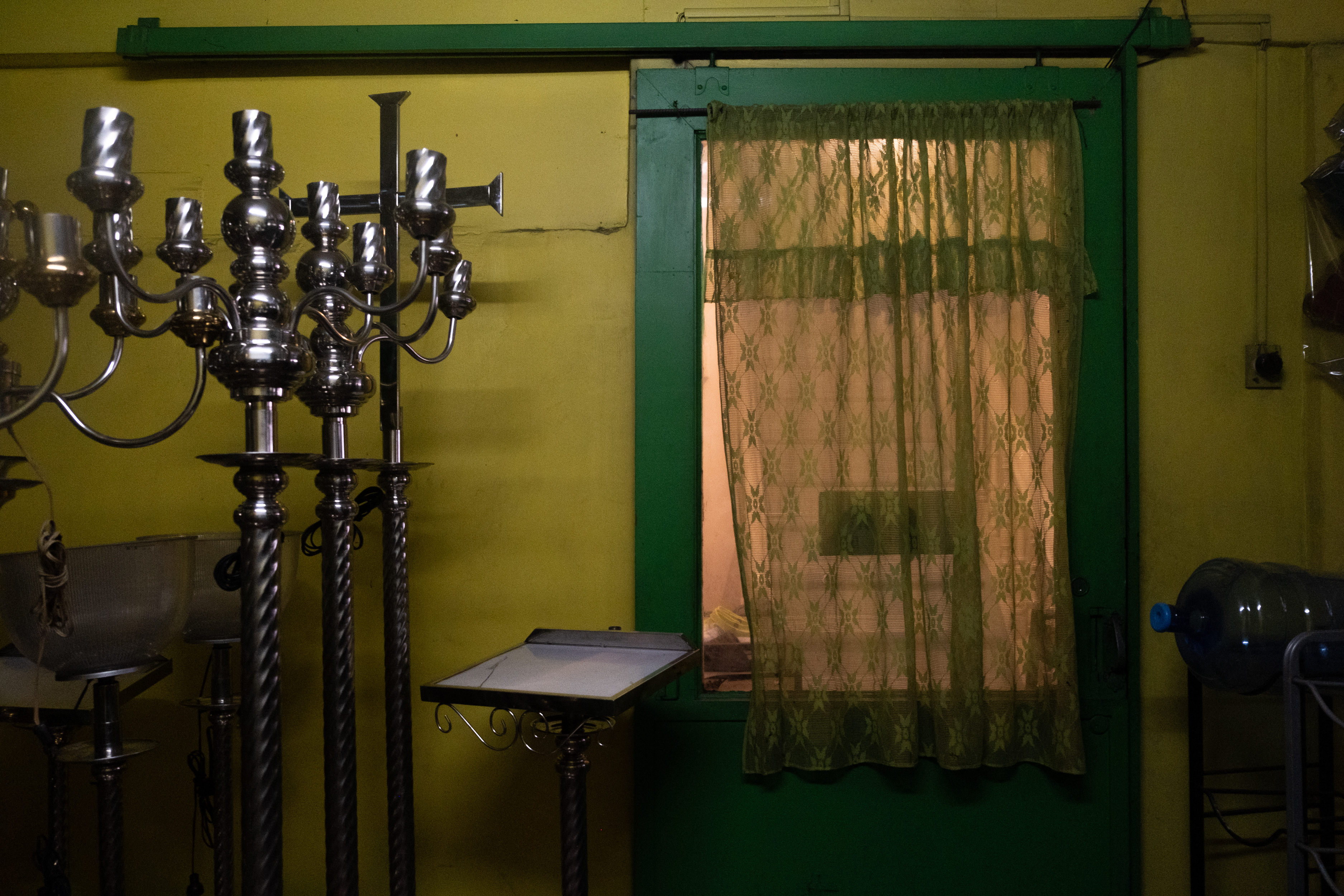

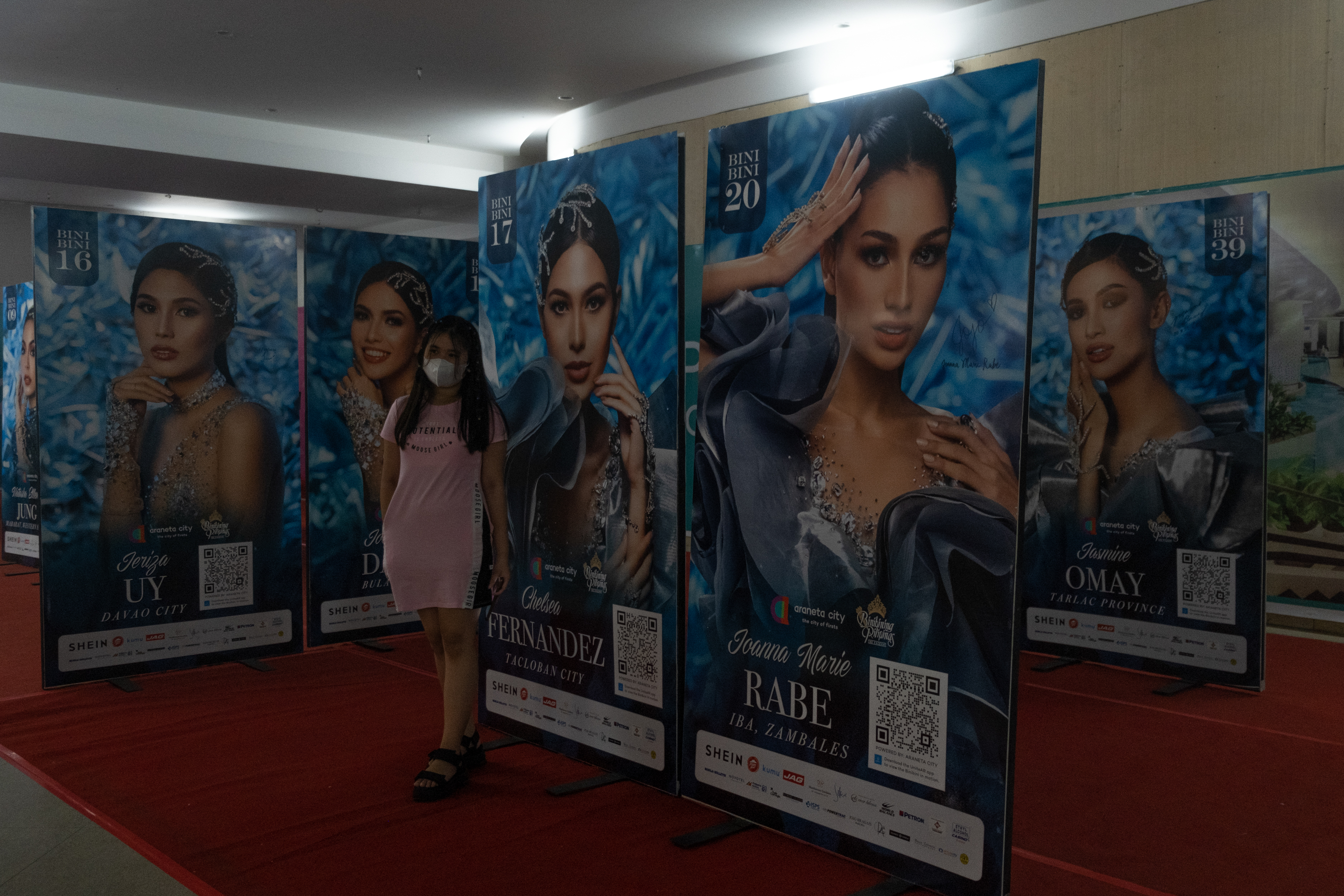

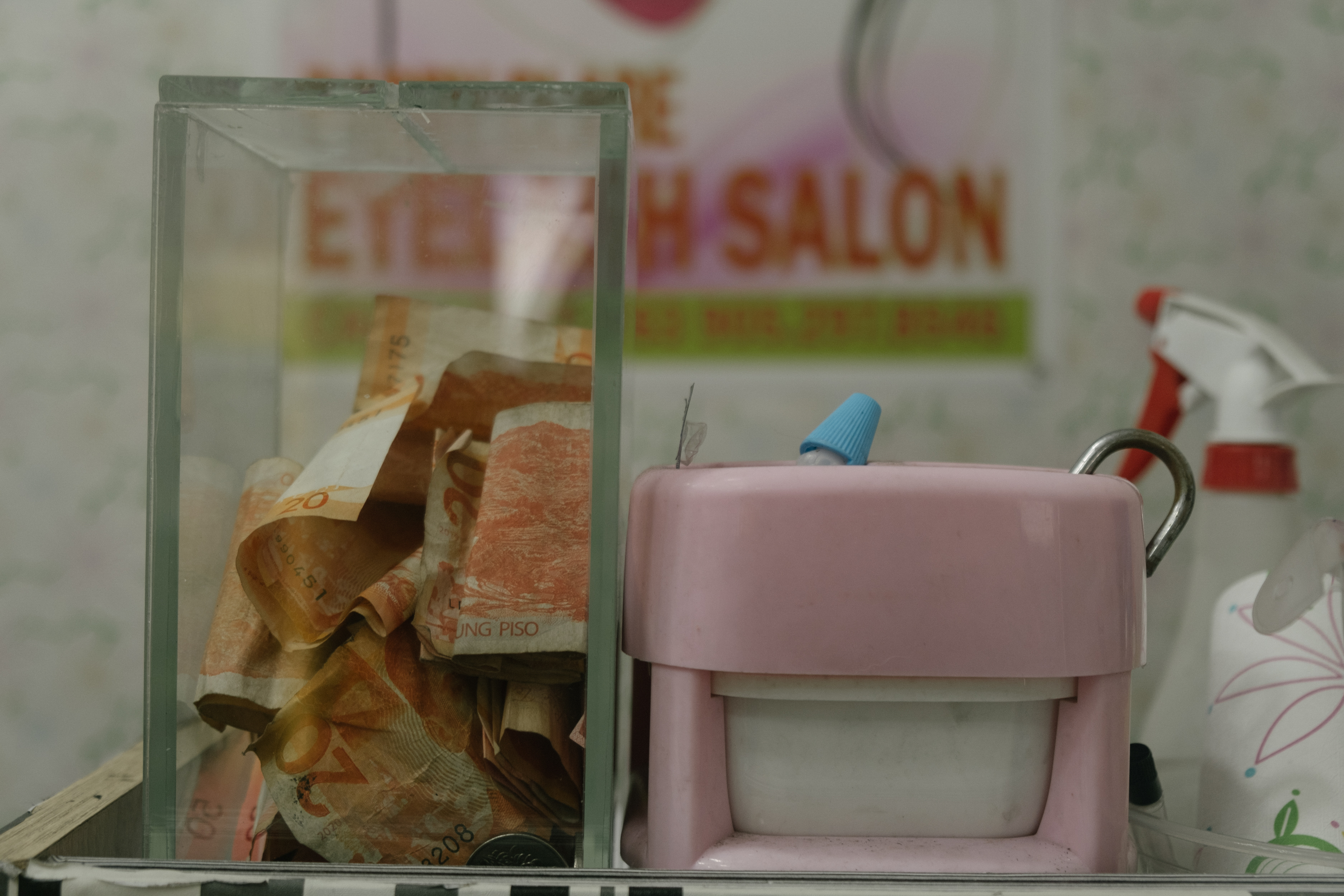
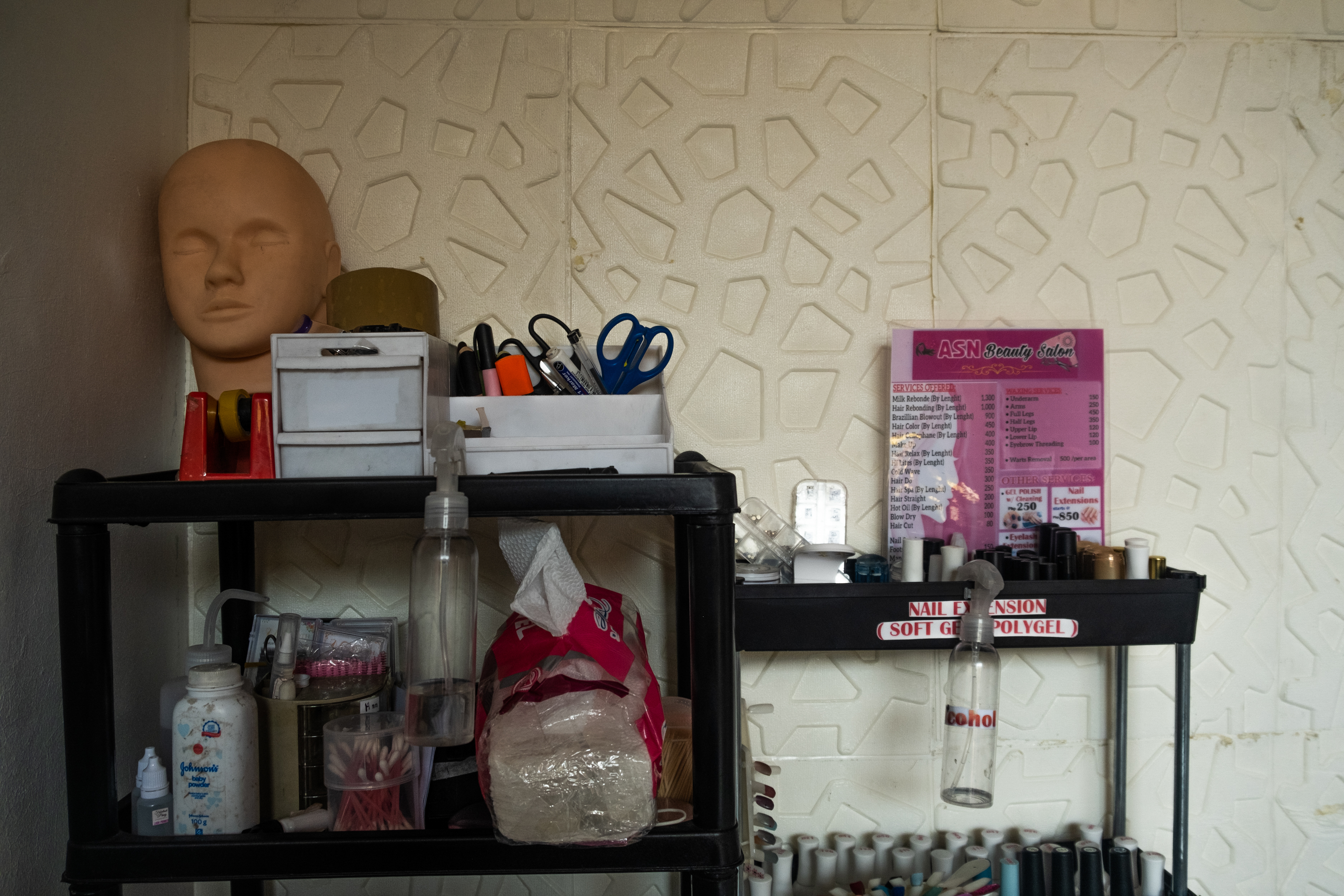

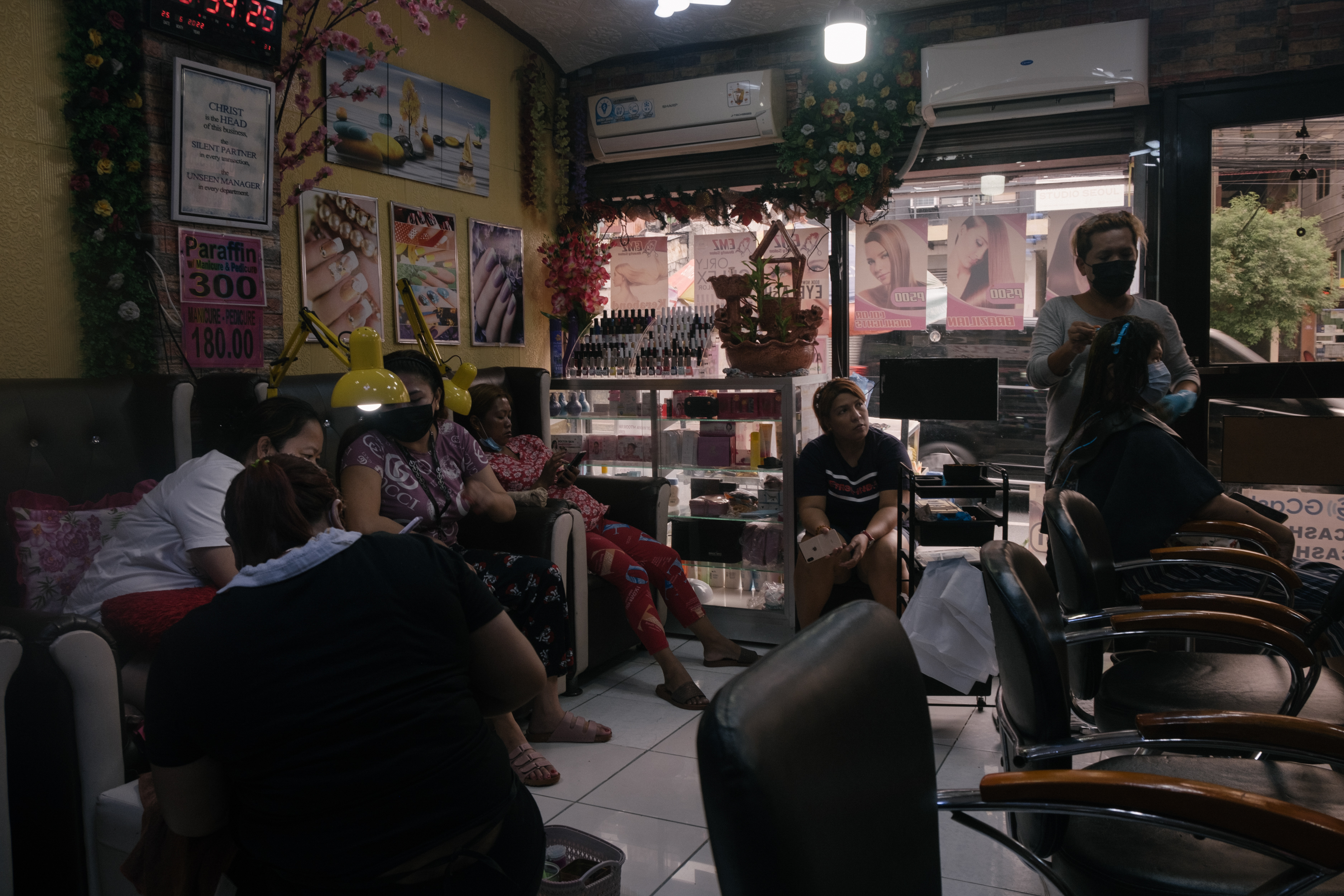
“Magandang Buhay” (Beautiful Life) is an ongoing photo essay that attempts to capture the meaning of a beautiful life for low-income Filipino communities. By visiting local parlors, gazing at working-class aesthetics, and speaking to daily-wage workers, this essay hopes to show the aesthetics, designs, and conversations that allow the marginalized to breathe, pause, and feel comfortable, even in brief moments.
On Sundays, local beauty parlors on the roadsides are filled with women getting their hair rebonded and nails done. In these studios, worn-out posters of Western beauty standards remain plastered – straight hair, sharp noses, and fair skin.
“I come here to feel good,” said a woman in her fifties while getting a pedicure.
But not everyone in the parlor feels good. As another customer pushes open the salon’s heavy doors, prompting the chimes to ring, customers begin to air their worries.
In the same parlors where the aspiration for Western ideals persist, conversations on impunity also rise up. While hairstylists apply hair chemicals on their customers and nail technicians grab brightly colored nail polishes, they talk about police raids during the darkest hours, the violence of the drug war, and the everyday struggles of being a single mom.
Mariza Hamoy, 48, mother of a drug war victim and the head of street sweepers in Payatas, said she only goes to parlors once a year– on her birthday.
“I don’t go to salons, it’s too expensive. But I know how to put on simple makeup, I had to learn, part of my job is to look presentable,” she
explained.
On Sundays, local beauty parlors on the roadsides are filled with women getting their hair rebonded and nails done. In these studios, worn-out posters of Western beauty standards remain plastered – straight hair, sharp noses, and fair skin.
“I come here to feel good,” said a woman in her fifties while getting a pedicure.
But not everyone in the parlor feels good. As another customer pushes open the salon’s heavy doors, prompting the chimes to ring, customers begin to air their worries.
In the same parlors where the aspiration for Western ideals persist, conversations on impunity also rise up. While hairstylists apply hair chemicals on their customers and nail technicians grab brightly colored nail polishes, they talk about police raids during the darkest hours, the violence of the drug war, and the everyday struggles of being a single mom.
Mariza Hamoy, 48, mother of a drug war victim and the head of street sweepers in Payatas, said she only goes to parlors once a year– on her birthday.
“I don’t go to salons, it’s too expensive. But I know how to put on simple makeup, I had to learn, part of my job is to look presentable,” she
explained.
22 kilometers away from Payatas lives Gilberta Celud, a popular home service nail technician in Caloocan. In her neighborhood, not a single beauty parlor exists. The last one closed down after suffering losses due to the pandemic.
Celud, commonly known as Inday, was able to send her kids to college by cleaning her neighbors’ nails. A few blocks from her quiet home studio lived Kian Delos Santos, a 17-year-old innocent drug war victim.
“I am not afraid, as long as I’m not engaged with drug operations, I think my family will be safe,” she said as she sorts through her colorful selection of nail colors.
What then is a beautiful life for Filipinos faced with cruel realities?
They answer: eating three meals a day, having their kids graduate college, joining friends wear popular streetwear, having a job, and getting dolled up.
Perhaps, brief moments of vanity seep through salons colored in pink walls, adorned with synthetic flowers, and inside homes roofed with thin iron sheets covered in animated wallpapers, as a negotiation to survive, cope, and illustrate a “beautiful life”.
Celud, commonly known as Inday, was able to send her kids to college by cleaning her neighbors’ nails. A few blocks from her quiet home studio lived Kian Delos Santos, a 17-year-old innocent drug war victim.
“I am not afraid, as long as I’m not engaged with drug operations, I think my family will be safe,” she said as she sorts through her colorful selection of nail colors.
What then is a beautiful life for Filipinos faced with cruel realities?
They answer: eating three meals a day, having their kids graduate college, joining friends wear popular streetwear, having a job, and getting dolled up.
Perhaps, brief moments of vanity seep through salons colored in pink walls, adorned with synthetic flowers, and inside homes roofed with thin iron sheets covered in animated wallpapers, as a negotiation to survive, cope, and illustrate a “beautiful life”.
Magandang Buhay is an ongoing project.
